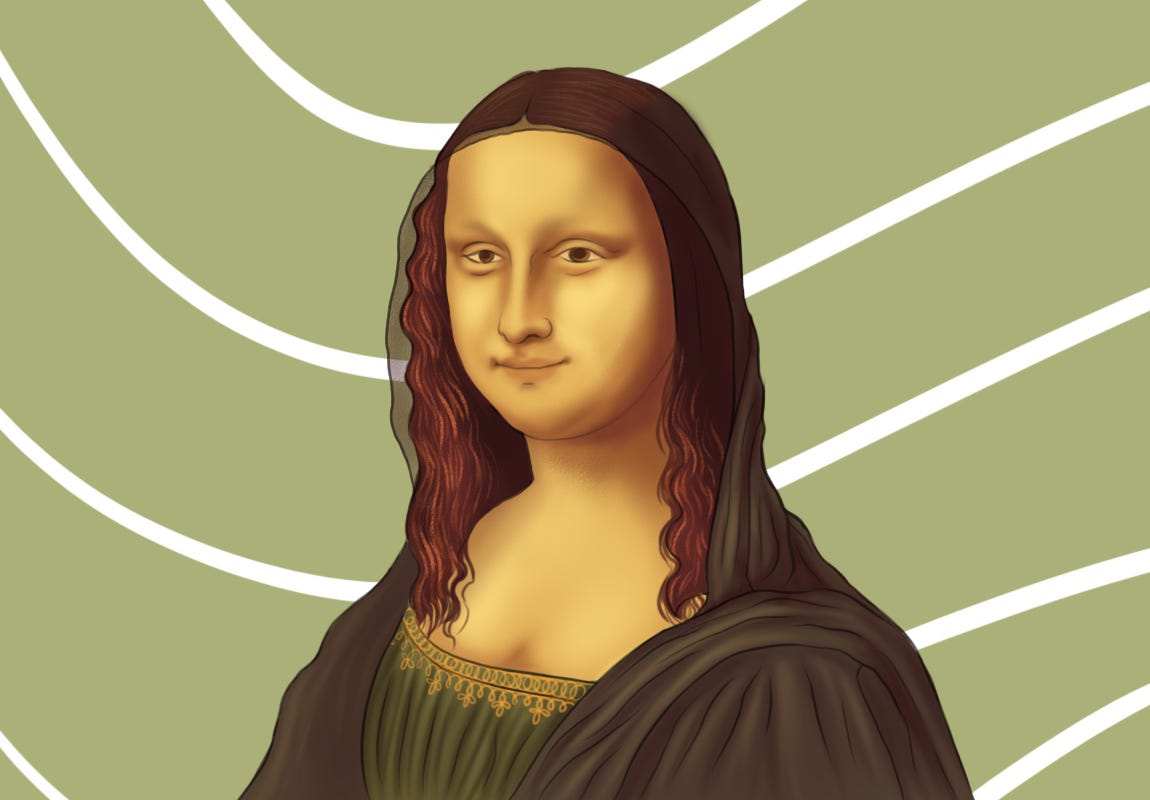In the previous part, we looked at the Renaissance through its art, architecture, key people etc. The time period or the conditions which led to the Renaissance is also important as much as these details and this piece will be dedicated to the act of historicising the Renaissance. The fall of the Roman Empire and the Middle Ages are the events we will be dealt with here.
What is The Middle Age?
The Middle Ages is the period in European history which is said to begin from the collapse of the Roman civilization in the 5th century CE to the period of the Renaissance in the 13th, 14th and 15th centuries, differing according to regional variations and some other factors. This period of European history, extending from about 500 to 1400-1500 CE, is traditionally known as the Middle Ages.
According to History.com, the Middle Ages, also known as the Dark Ages or the Medieval times, was a time of brutal bloodsheds, devastating wars and great plagues. Even if it was ‘dark’, it was not a period of stagnation when it comes to intellectual pursuits. Many key events that happened during this time included the spread of Christianity, the Crusades, the Hundred Years’ War, the Battle of Hastings, the Magna Carta, and the publication of literary works like that of Geoffrey Chaucer.
The fall of the Roman Empire
Rome held its controlling paws tight for centuries, over much of Europe, Northern Africa, and the Middle East, but during the middle ages, it became extremely difficult to safeguard its landholdings. The landholdings were so vast that it was almost impossible for Rome to hold its borders. Civil wars forced Rome to kneel. The weakened Roman Empire was also under the threat of attack by other European groups.
According to History.com, Alaric, a Goth leader, is said to have delivered the final blow to the Roman Empire. Alaric gathered a large army comprising of Goths, Huns and former Roman slaves and marched to Italy to confront the Roman Emperor Honorius.
Alaric cut off the supply chain going into the city and waited for the city to become weak before attacking. Rome was attacked; it was not totally destroyed but could never recover its former glory. According to Britannica, the fall of the Roman Empire came in 476 CE when the heir to the Empire, a 14-year-old boy, was displaced. The fall of the Roman Empire changed Europe and marked the start of the period that came to be known as the Middle Ages.
Spread of Christianity
During the reign of the Roman Empire, according to Britannica, Christians, a group that was a minority then, were often rounded up by the Romans and forced to battle the fierce gladiators in the Colosseum. However, as Christianity spread, the prevailing beliefs of people underwent a profound change.
After the fall of the Roman Empire, the one group which gained more power and control was the Byzantines, who considered themselves as Romans. Their empire centred in Constantinople was almost like Rome, and Emperor Constantine originally called the city New Rome. Emperor Constantine ruled the Byzantine Empire and Rome for a long time. According to Biography.com, Emperor Constantine was the first person in the empire who embraced Christianity. After his death, the Empire splintered.
At the South-Eastern part of Europe, a charismatic leader named Charlemagne arose and used his power and army to unite much of Western Europe. Charlemagne conquered the Saxons and forced them to convert to Christianity.
According to Britannica, Charlemagne’s armies marched across Europe, and this led to the spread of Christianity. The Church’s teachings were divided into two philosophies: the Eastern Orthodox Church and the Catholic Church. Regardless of the differences, Christianity worked its way into all aspects of life for people living in the Middle Ages, becoming the most powerful entity of its time.
The spread of Christianity strongly influenced the Crusades, which we will deal with in the coming chapters along with other topics related to the Renaissance and the European Reformation.
Now put on your thinking hats and think about the following questions for a couple of minutes.
How would you describe the word “renaissance” to your students?
Can you think of the reasons for the fall of Roman Empire?
Write down your thoughts and discuss them with your students, children and your colleagues. Listen to their views and compare them with your own. As you listen to others, note how similar or different your views are to others’.
Thank you for listening. Subscribe to The Scando Review on thescandoreview.com.
Happy Teaching!














The Renaissance: Europe after the Middle Ages